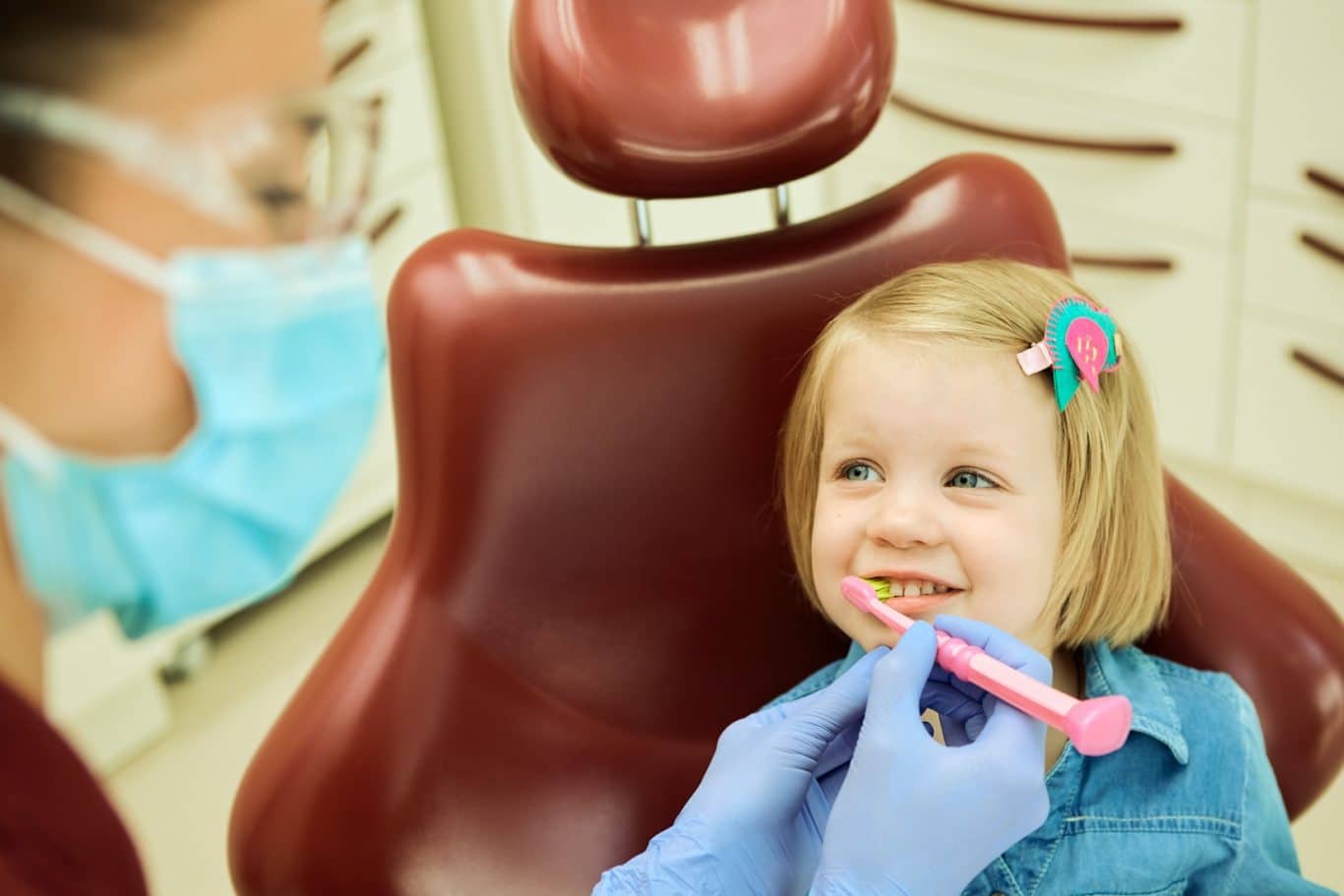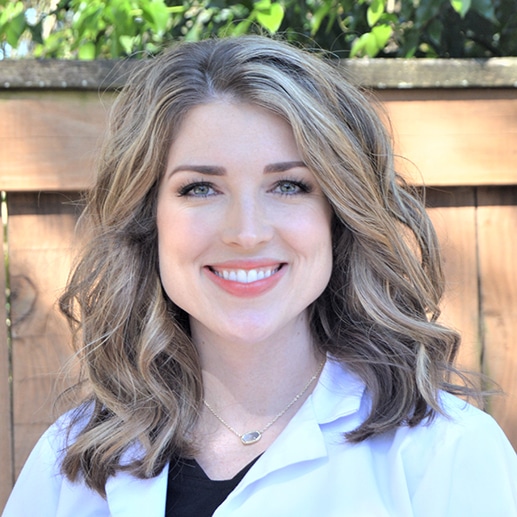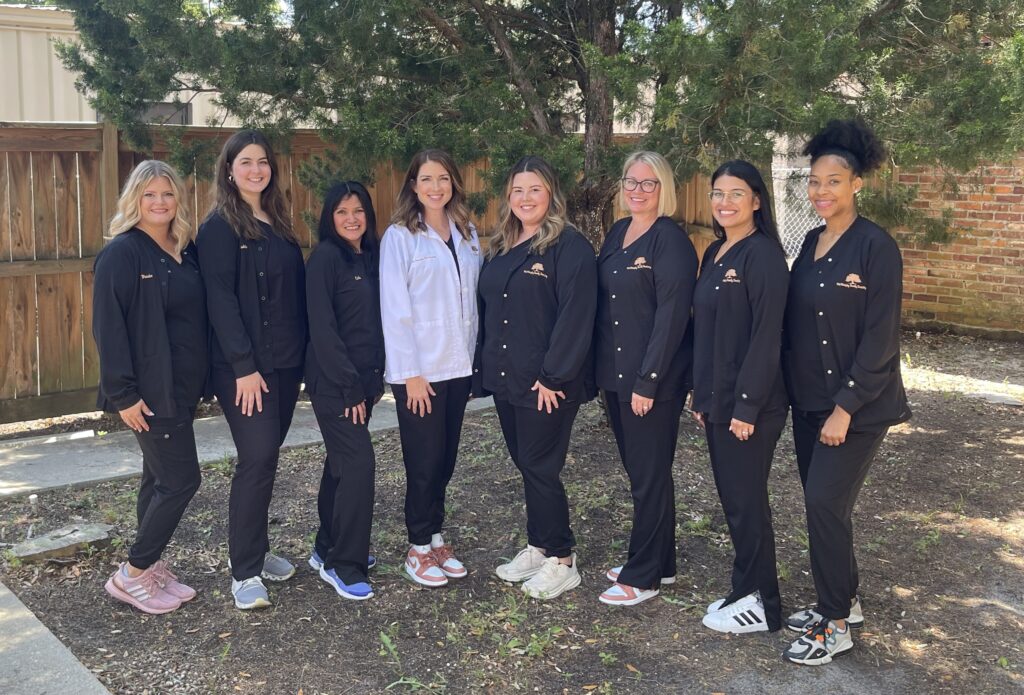Probably the most common dental treatment is a basic exam and cleaning. We’ve all heard about this one. Regular dental cleanings for both adult and children are an important part of maintaining one’s dental health. Most dentists recommend a cleaning once every six months for adults and kids alike, more frequently if there are sensitive dental issues to contend with.
But what actually occurs in a cleaning, and why? And are all cleanings with all dentists the same? Not necessarily. Let’s take a closer look at the steps to a dental cleaning, why they are done, and some of the additional elements that some dentists might include in the cleaning process.
The Steps to a Dental Cleaning Process
The steps to a dental cleaning process are pretty straightforward for both children and adults. For adults, most of us know the drill, and the process tends to go pretty smoothly and rapidly. For kids, some extra time might be required to explain the procedure to them, but that is quite alright, and it is to their benefit anyway.
Upon first sitting in the dentist’s chair, whether a child or an adult, the first thing the dentist is likely to do is to greet the patient, and chat briefly about the patient’s dental hygiene, how much is being done on a regular basis, any issues the patient has been having with their teeth, mouth, and gums, etc.
In the next step, the dentist will examine the mouth, teeth, and gums. Dentists use funny little mirrors to do this so that they are able to see all the way back into the mouth. Their tools allow them to inspect the mouth, teeth, and gums from all angles. Not only is the dentist able to see the condition of the teeth and gums and know what is needed to perform the cleaning, but the dentist is also able to inspect for signs of cavities, gingivitis, receding gums, weak enamel, and other oral health issues.
Next up, the dentist will likely set to work with their “tooth scaler” which is the small, metallic tool they use to scrape plaque and tartar off of the teeth. This tool gets the lion’s share of the work done in cleaning the teeth. As a side note, many dentists now have in their employ a specialist called a, “Dental Hygienist.” A dental hygienist is someone who has all the technical skill and expertise required to clean up a patient’s mouth, teeth, and gums.
The next step in the cleaning process is to use a special, somewhat abrasive toothpaste gel on the end of an electric toothbrush to gently abrade away any remaining plaque or tartar. This step tends to go by fairly quickly and ends with teeth being thoroughly cleaned of all tartar and plaque.
For the last cleaning step, the dentist (or hygienist) will floss in between the teeth, ensuring to capture any last remaining bits of debris or tidbits that may have gotten lodged in between the teeth. Dentists will use floss on this last step even if their patients are regular flossers, as it’s a great way to catch anything the scaler or electric toothbrush couldn’t get. And for the kids, it’s a great way for the dentist to show the little ones how to floss properly.
Sometimes, dentists will recommend a fluoride treatment, which can help to create a protective shield on one’s teeth. This is particularly beneficial for patients with weak enamel. And sometimes dentists will take x-rays of their patients’ teeth as well, depending on how long it has been since x-rays were last taken and depending on the condition of the patient’s mouth, teeth, and gums.
Another common step is that at any point during the cleaning process, one’s dentist might pause the cleaning process and take a moment to explain something to their patient, to recommend a change or addition to their dental hygiene routine, etc. This will, of course, be based on what the dentist finds in each patient’s mouth, teeth, and gums.
Regular Dental Cleanings are Always Recommended
The key to experiencing quick and effortless dental cleanings for adults and children with the fewest complications possible is to schedule cleanings frequently. Remember that most dentists and their hygienist specialists recommend cleanings at least once every six months, but if a patient has a particular dental condition that requires more delicate or frequent care, cleanings may be required even more regularly than that.
At McMurphy Family Dentistry, we have the staff, quality of care, and facilities to make a dental experience pleasant, calm, comfortable, and brief. Our goal is to empower our patients through education of best dental practices. We use preventative measures to allow our patients to address dental concerns before they become dental problems. We proudly specialize in dental practices for both adults and children, and we’d be more than happy to service you and your family. Call today to schedule an appointment, (228) 207-1548.











